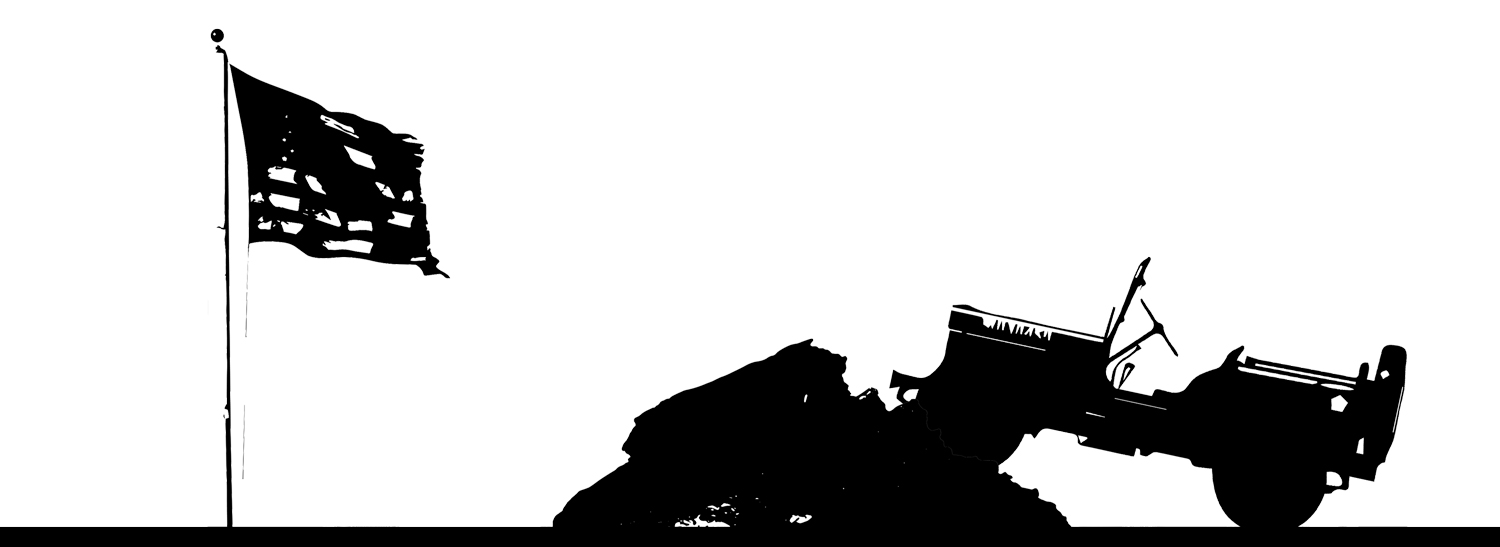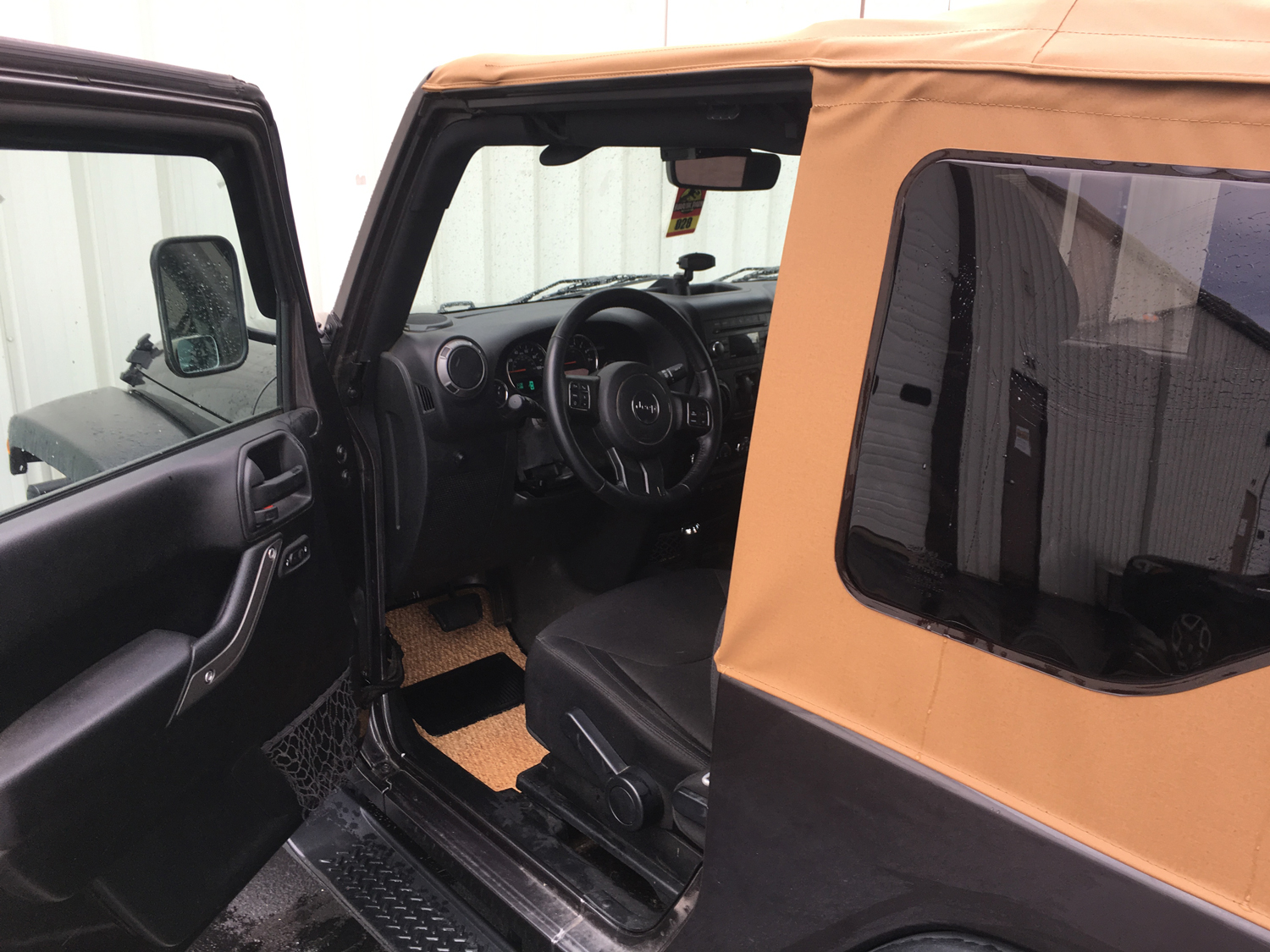 Loading... Please wait...
Loading... Please wait...
Who’s Got the Keys to the Jeep?
Posted on 29th May 2018

Memorial Day is a time to remember all of those brave women and men who have fought, and especially those who paid the ultimate price, to keep our country safe and to protect our way of life, as well as the lives of countless others around the world. When we think of service we think of Soldiers, Marines, and Airmen, but it is also worthwhile to remember the American ingenuity and invention that have contributed to our success as a nation and a defender of freedom. While the Humvee might be the current standard for all-around utility, the Willys MB and Ford GPW jeeps are perhaps the most important and influential light vehicles in the 20th-century American military.
Former Secretary of State, Secretary of Defense, and Nobel Peace Prize-winner George C. Marshall called the jeep “America’s greatest contribution to modern warfare.” Introduced during World War II, the MB and GPW began as a joint design venture between Willys, Ford, and Bantam and evolved over almost 20 years of testing before their introduction for testing in 1940. Bantam actually produced the first prototype model, the BRC Pilot, but Willys and Ford were the first jeeps to go into mass production. The BRC and the Willys were both manufactured based on the final designs which Bantam patented through the US Army.
The trucks were put through extremely rigorous testing, including rock crawls, desert obstacle courses, and even high-speed jumps to ensure durability in the toughest terrain on the planet. The Army demanded a high level of torque, a significant towing capacity, and the ability to endure sandy, muddy, and wet conditions, while also maintaining a lightweight and compact design that could maneuver through tight spaces with great agility. The vehicles entered final production on December 6, 1941 the Willys designation MA “Military model A” and the Ford GP “Government Passenger.”
Other than ruggedness and durability, the early jeeps were prized for their versatility. According to the official US Military patent, “One of the principal objects of the invention is to provide a convertible small car body so arranged that a single vehicle may be interchangeably used as a cargo truck, personnel carrier, emergency ambulance, field beds, radio car, trench mortar unit, mobile anti-aircraft machine gun unit, or for other purposes.” In addition to the 363,000 standard jeeps produced by Willys and the 283,000 produced by Ford, an additional 13,000 amphibious models were produced by Ford, many of which were sold to Russia for deep river crossings under the Lend-Lease program.
The most iconic visual feature of the first jeeps, and one that has endured in modern civilian Jeeps ever since, is the vertical slot grille. The original incarnations were manufactured using heavy-duty steel and was intended to not only protect the radiator during front-end collisions with foreign objects, but were also designed to be easily cleaned and cleared of debris and prevent sediment build-up in off-road conditions. Ford’s and Bantam’s grilles used a nine-slot design that was included in the original military patent, but Willys intentionally trademarked the classic seven-slot version for eventual retail production of civilian models. Through a series of mergers and acquisitions, AM General acquired the rights to the design, which it then sold to Chrysler in 1987 under the current Jeep brand.
The origins of the name “jeep” are the subject of much controversy and speculation among historians, but the word was definitely in usage well before the war. The most popular theory is also the first recorded usage of term, which was actually the name of a magical creature that was a friend of Popeye in his classic cartoons. The Jeep was a mischievous fantasy character who could teleport, fly, and pad through walls. It was the Jeep’s ability to go anywhere that supposedly inspired the moniker, which also happened to be the phonetic pronunciation of the Ford model “GP.”
Regardless of how they got their name, the Willys MA/MB and the Ford GP jeeps were the most enduring vehicles in US military history. The design has remained the most popular off-road vehicle to this day, and is the basis for one of the most famous brand in American motor history. So today, while we’re remembering our fallen heroes and honoring those who serve, take a moment to consider the marvel of American engineering that changed the face of trucks and utility vehicles worldwide.
-Trey Fennell

2016 Jeep Wrangler Coco #21 Natural Herringbone


